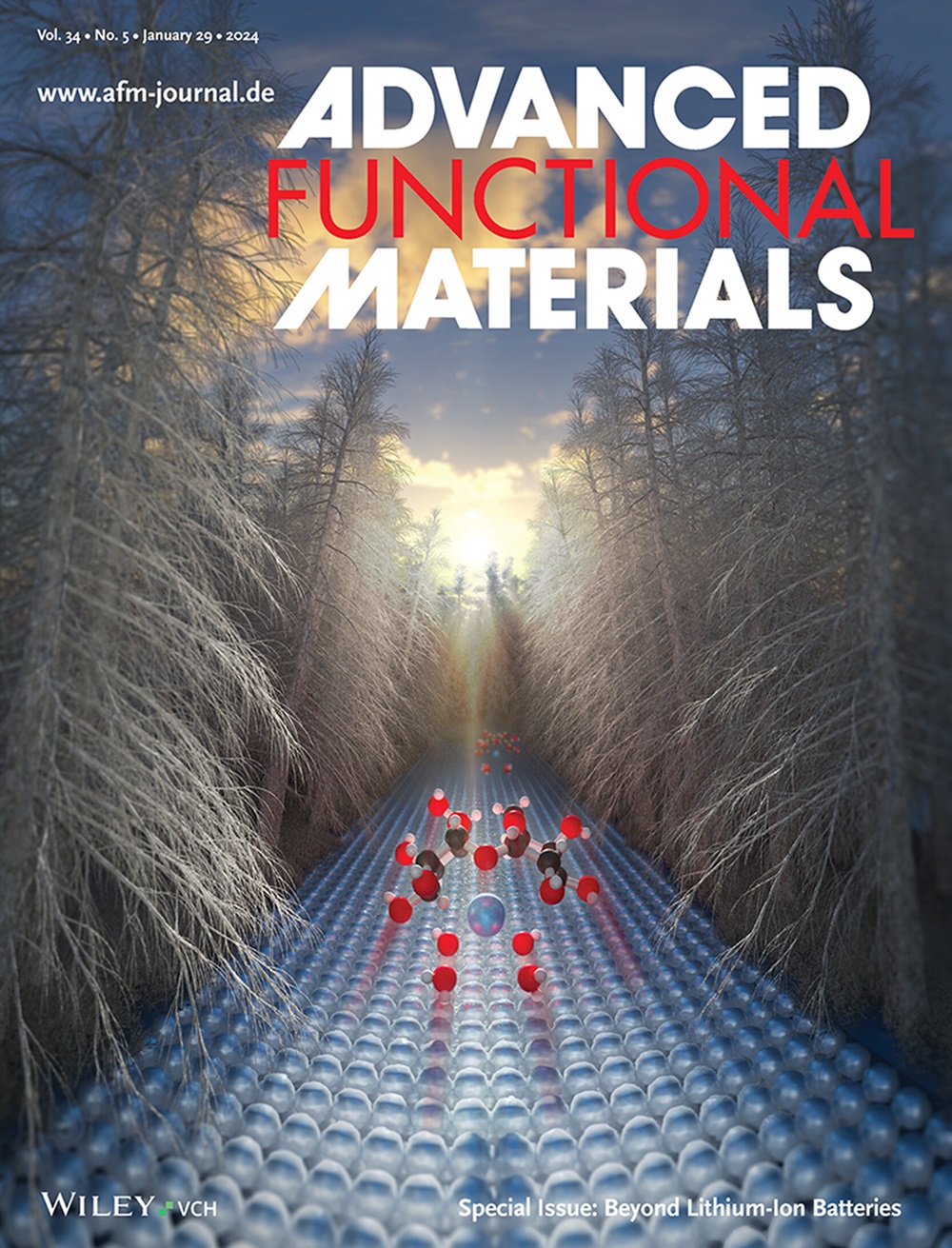Asymmetric-Charge-Distributed Co─Mn Diatomic Catalyst Enables Efficient Oxygen Reduction Reaction
IF 18.5
1区 材料科学
Q1 CHEMISTRY, MULTIDISCIPLINARY
引用次数: 0
Abstract
Transition metal (TM)–nitrogen/carbon (M─N/C) catalysts have emerged as the most promising alternatives to precious platinum catalysts for the oxygen reduction reaction (ORR). However, the reported M─N/C catalysts typically exist in TM─N4 coordination with symmetric charge distribution, resulting in weak adsorption energies for ORR intermediates, which limits the reaction rate. Herein, a novel asymmetrically coordinated Co─Mn diatomic catalyst is synthesized through the adsorption–pyrolysis process of a bimetallic zeolitic imidazolate framework. The catalyst consists of the adjacently sulfur/nitrogen dual-coordinated Co atoms and the nitrogen-coordinated Mn atom (CoN2S─MnN3), anchored in N-doped carbon. Atomic structural investigations and density functional theory calculations demonstrate that CoN2S─MnN3 experiences spontaneous OH binding to form CoN2S─MnN3─2OH as the real active site. The strong interaction between the Co─Mn diatomic and the orbital multielectron filling effect induced by the asymmetric charge distribution optimizes the adsorption energy of the reaction intermediates. Therefore, the CoMn─NSC catalyst exhibits competitive ORR activity with a high half-wave potential of 0.901 V, outperforming most of the reported Co-based catalysts so far. The assembled Zn–air battery has ultralong lifespans of up to 1000 h. This work provides an effective strategy for designing new high-efficiency oxygen electrocatalysts.

求助全文
约1分钟内获得全文
求助全文
来源期刊

Advanced Functional Materials
工程技术-材料科学:综合
CiteScore
29.50
自引率
4.20%
发文量
2086
审稿时长
2.1 months
期刊介绍:
Firmly established as a top-tier materials science journal, Advanced Functional Materials reports breakthrough research in all aspects of materials science, including nanotechnology, chemistry, physics, and biology every week.
Advanced Functional Materials is known for its rapid and fair peer review, quality content, and high impact, making it the first choice of the international materials science community.
 求助内容:
求助内容: 应助结果提醒方式:
应助结果提醒方式:


